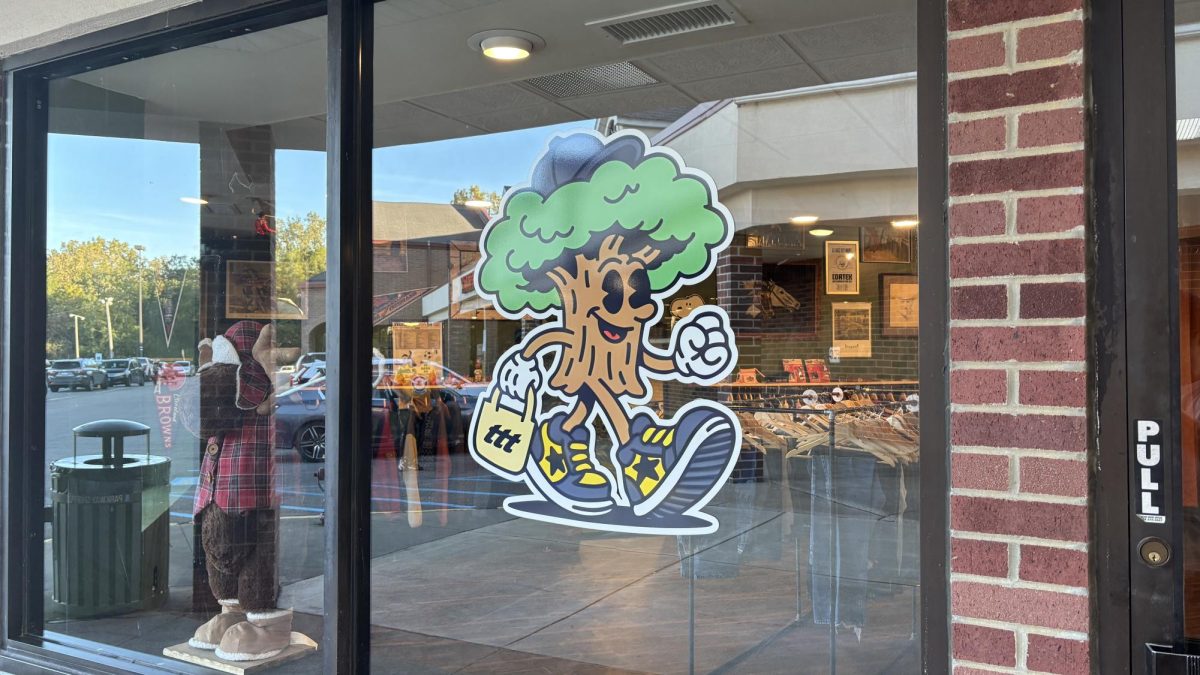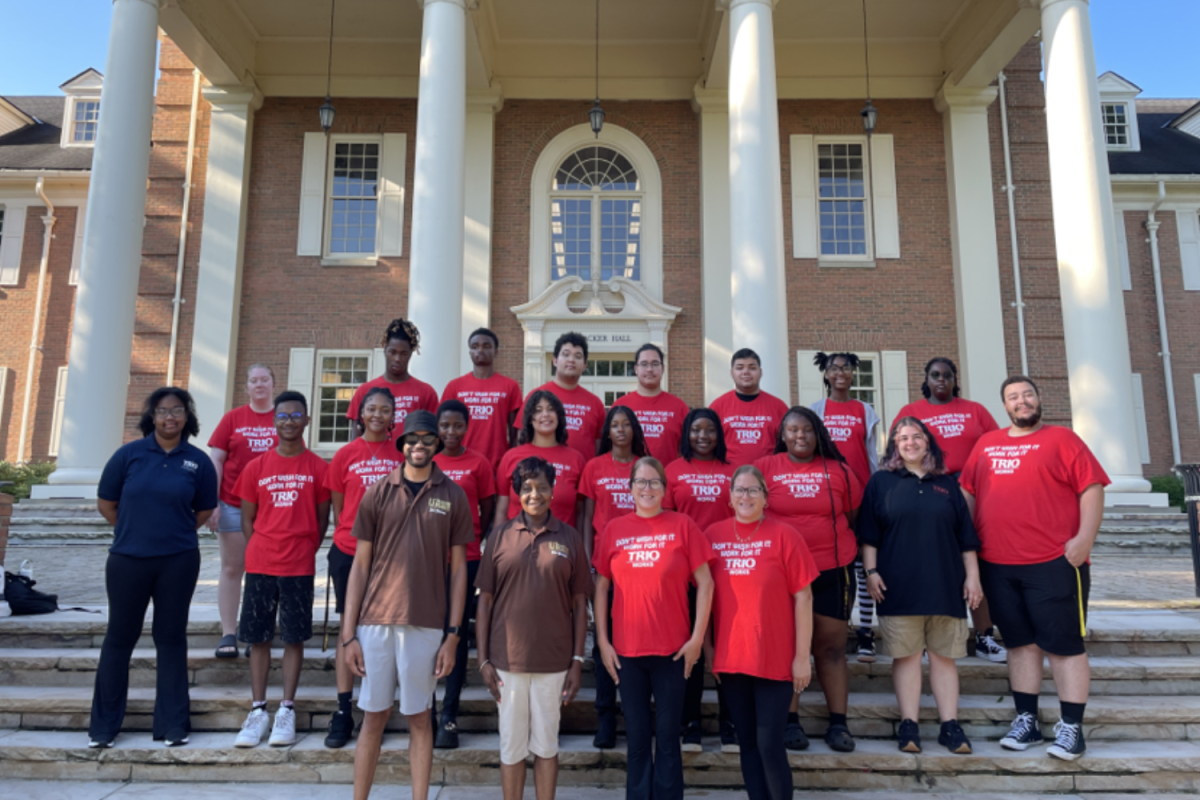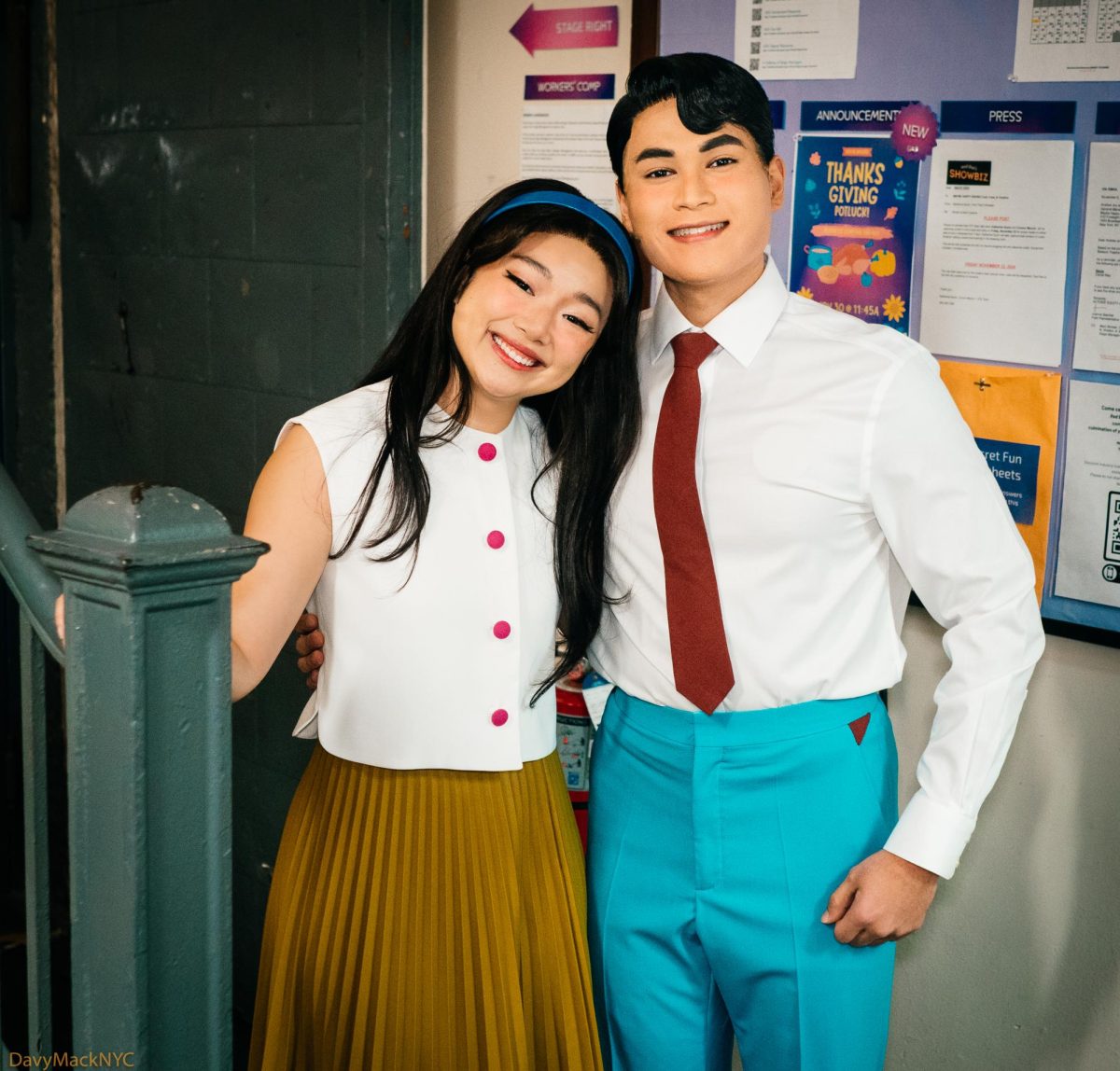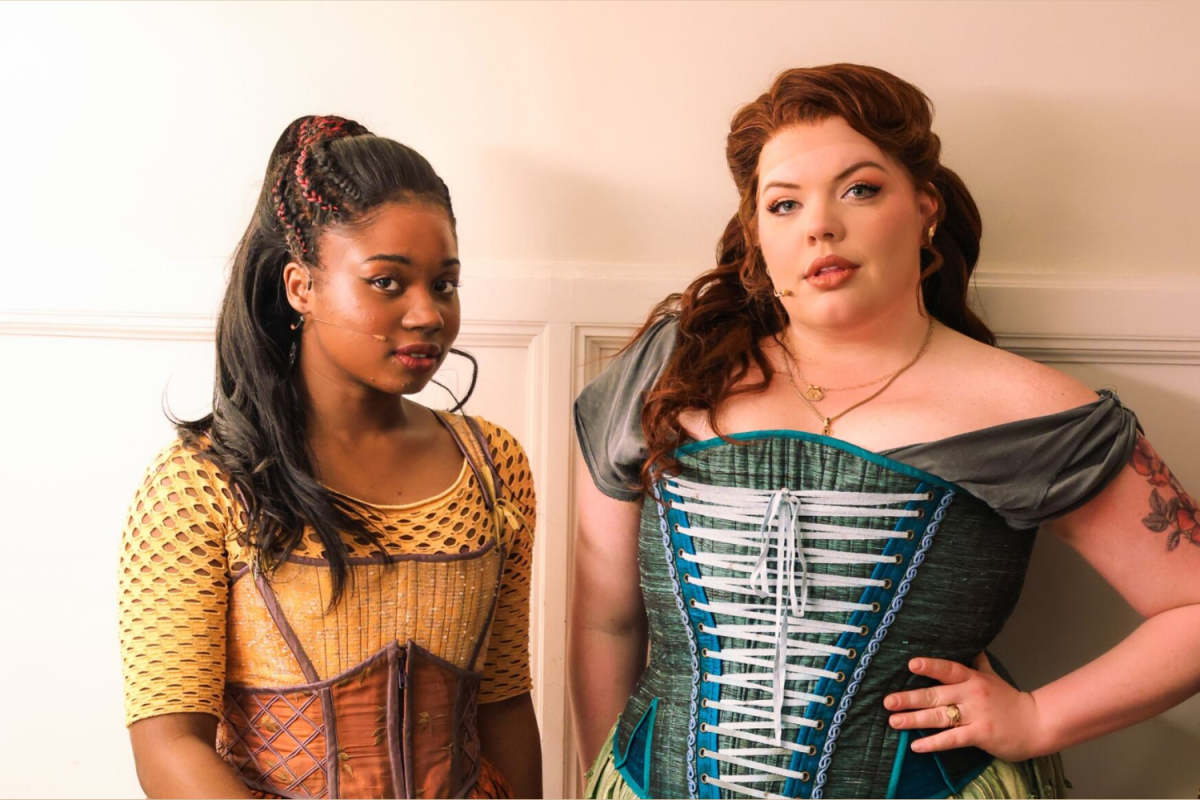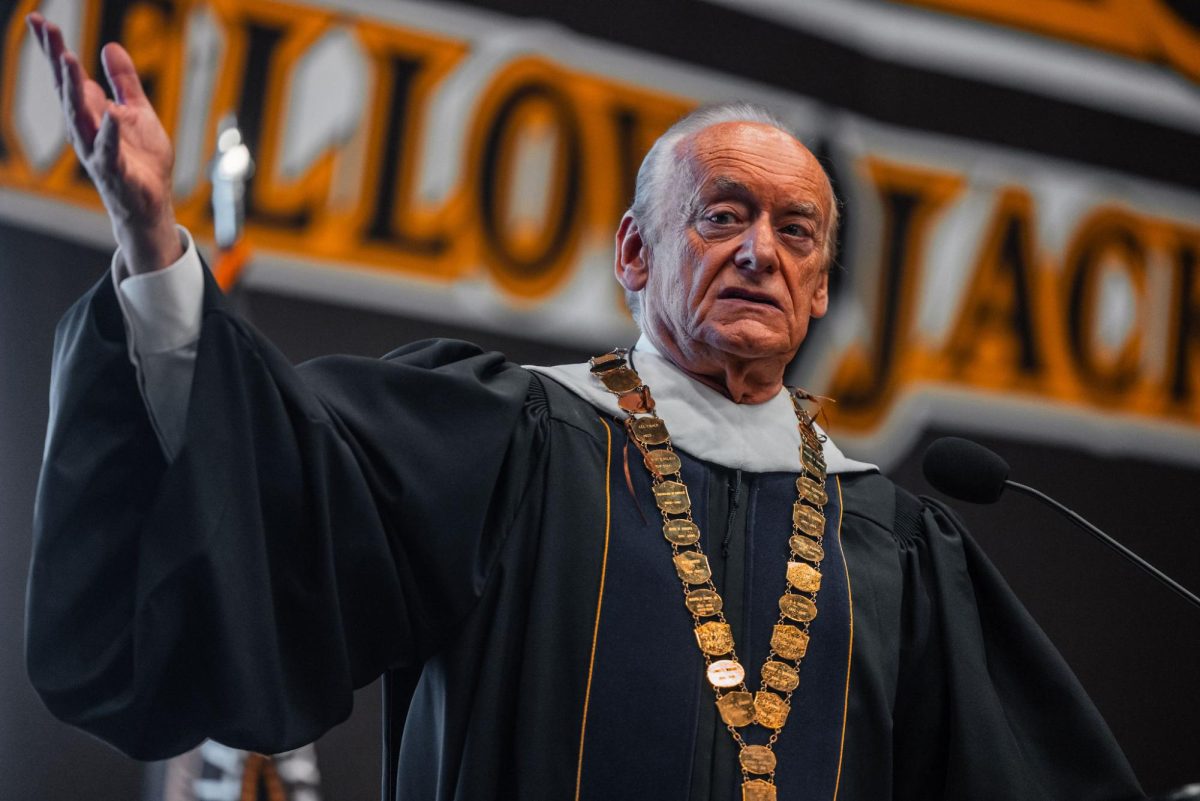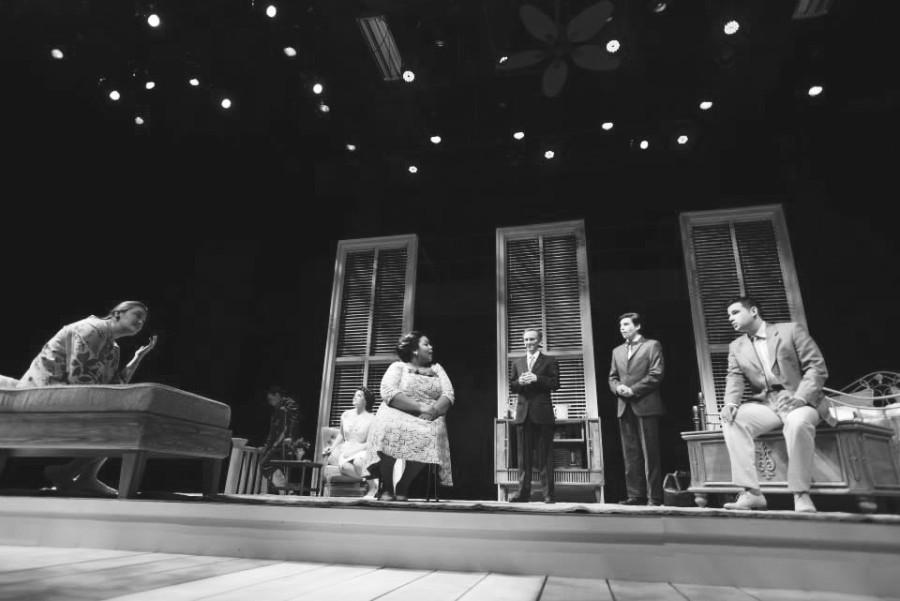BW’s Cat on a Hot Tin Roof Sizzles in Allman
University Relations
Left to Right: Cat Patterson, Will Kraziel, Maggie Williams, Courtney Horne, Connor Studer, Joseph Carmelo Corradi and Nicholas Baldasare onstage during the show.
March 5, 2015
Baldwin Wallace University’s Theatre & Dance production of the Tennessee Williams classic, Cat on a Hot Tin Roof, directed by Jack Winget, ran February 4-15 at the Allman Theater in Kleist Center for Art & Drama. The following review is based on the February 6 show.
The Pulitzer Prize-winning play—first published in 1958 and often regarded as one of the greatest American dramas—explores the turmoil within a wealthy Mississippi family over the course of a single, sweltering Southern evening, as each of its members takes his turn in the evocative boiling-over of the complications that result from love, lies, life and death.
With its three acts spanning a whopping two-hours and forty-five minutes with two intermissions, the play is a test of both the actors and the audience. The simmering conflict takes its time in coming to a head- although it is certainly peppered with explosive moments of knife-sharp dialogue throughout.
Maggie “the cat,” played (coincidentally) by junior Maggie Williams, is desperate, determined and seductive.Williams maneuvered the complexity of the character quite well. By the third act, Williams settled into Maggie’s gumption and was key in bringing the show to a moving conclusion.
On the other hand, the character Brick, played by William Kraizel, is one of the most challenging roles in the play. Though Brick should garner some sympathy from the audience, the overall delivery lacked the variety of expression necessary to transcend that of an angry drunk, making even the key scene with Big Daddy rather one-sided and dry where it should have sparked.
Taking on the role of Big Daddy was standout freshman Dan Telfer. A larger than life man, in both physicality and personality, Big Daddy requires strength in presence that would be difficult for anyone to tackle. Telfer, however, managed a seamless and admirable performance, perhaps despite his inexperience on the college stage. Look forward to great things from him in his coming years.
The star that burned brightest onstage was senior theatre major, Courtney Horne, in the role of Big Mama. Horne captured the duality of the matriarchal character-her swallowed pain and her commitment to a stubborn façade—with ease and sincerity, disappearing into the role completely and providing some of the most emotional moments in the show.
The show suffered from a lagging second act with its long stretches of revelatory dialogue falling flat a bit too often; though the act provides shocking moments of character development, there is little action which placed the weight squarely on the shoulders of the actors to propel it forward while they wander throughout the set.
That being said, the third and shortest act was some of the best work done on the Baldwin Wallace stage. With the conflict coming to a boil, every single member of the cast elevated their performance with the high stakes, making for a remarkable resolution.
Speaking of the set, the innovative, versatile and beautiful design was created by BW’s Jeff Hermann. The Southern flair of the decor dazzled in the changing light that signified the passing of time and transformed the black-box theater into a multi-faceted space with plenty of doors, windows and walls behind which the characters could hide their secret struggles.
Overall, the production—an immense undertaking by any standards—contained some of the brightest moments of the BW theater season thus far.



